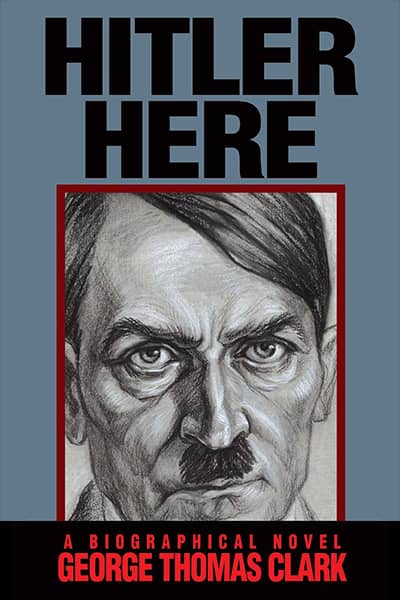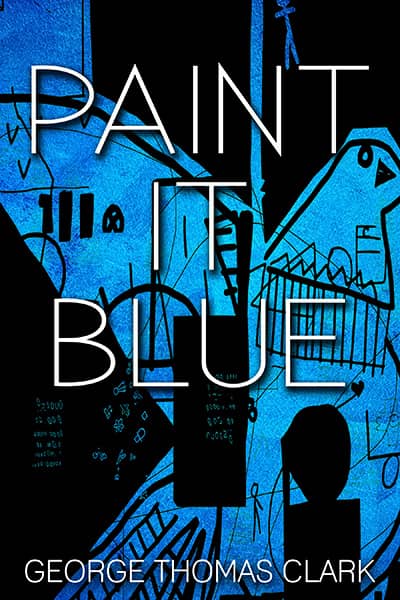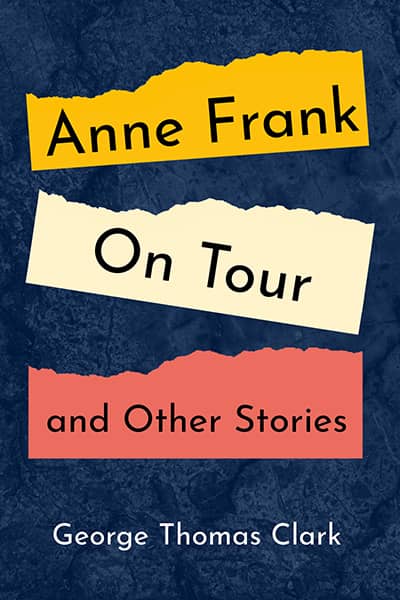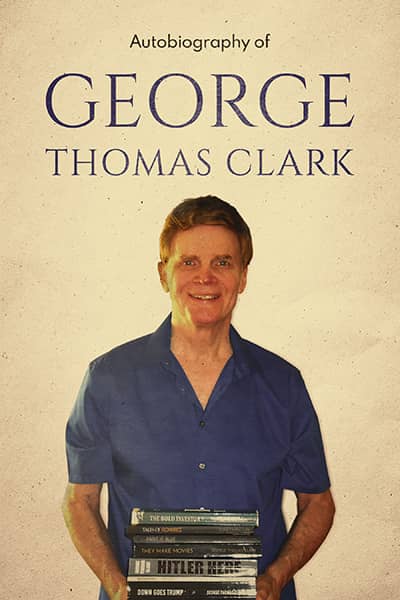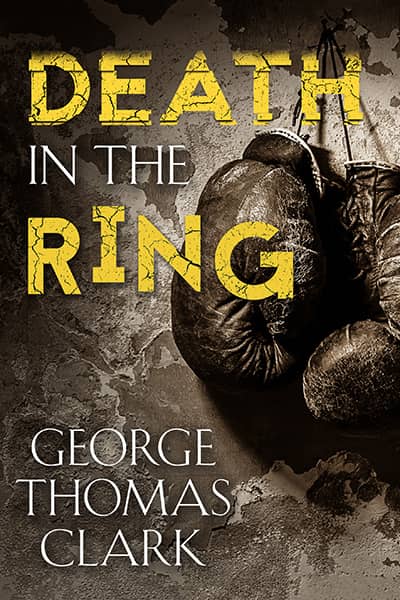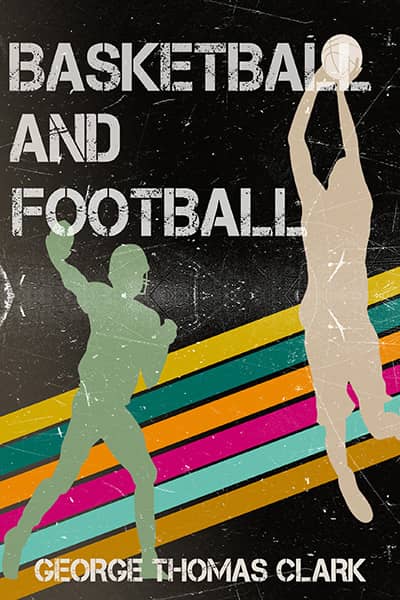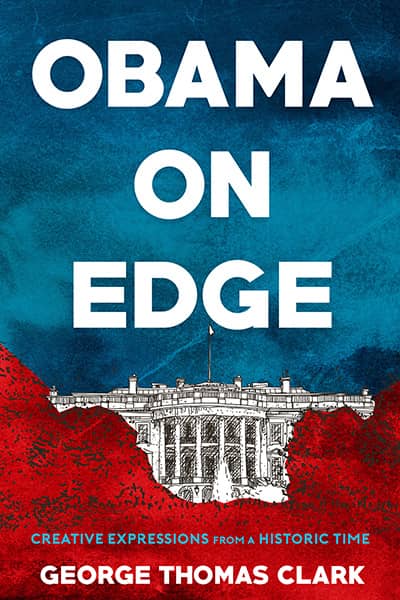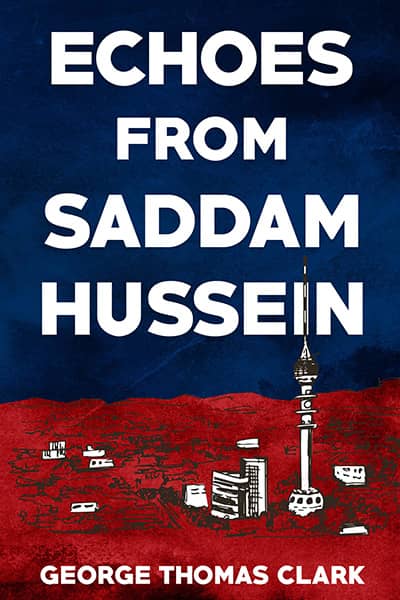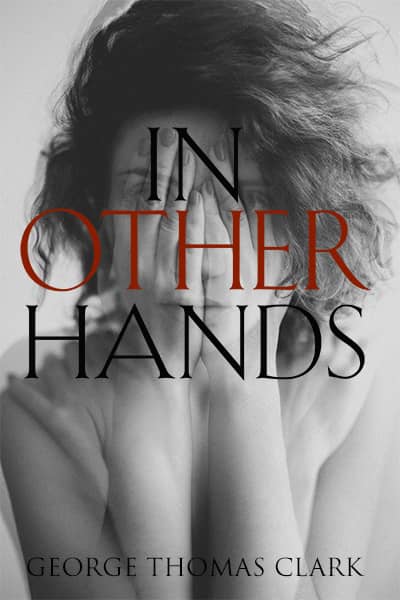Picasso and Rivera Talk
March 30, 2017
Really, this is quite unusual, self-portraits talking to each other from a wall on either side of a gallery door. The man on the left, a short muscular brute standing bare-chested, says, “Get out of that frame.”
“Okay, as long as you do, too.”
Pablo Picasso, cocky at age twenty-five in 1906, steps naked, it turns out, onto the gallery floor. Five years younger and looking quite fresh, Diego Rivera, clad warm in a coat, emerges and says, “I restrain myself when I say I admire your work very much.”
“Like so many others.”
“May I ask why you’re not wearing clothes this day?”
“I just abandoned the bed of a beautiful woman and need no garments before conquering new subjects.”
“Since coming to Europe from Mexico two years ago, I’ve already learned much about painting, as well as women, and hope someday to rival you on canvas as well as in the boudoir.”
Picasso smirks and says, “Over here, this one, Portrait of Sebastian Juñer Vidal – I painted my friend blue in a bar two years ago.”
“He’s handsome and distinguished but what’s he doing with such a worn and disreputable woman?”
“A chubby fellow like you may find out when he gets older.”
“On occasion, perhaps, but most of mine will be delights. I ask you to join me over there in front of Bather in Tehuantepec. Let’s see, I’ll paint this mysterious and sensual native lady in 1923, and I can see what happens. I’ll later finish the painting in my studio, and here this day drop my pencil and pad and, as she’s bent over, I’ll kneel to suckle her big young brown breasts and smother her lips and lay her on sacred ground surrounded by the lush green foliage of Tehuantepec.”
“Señorita,” says Picasso.
“This way, Señor,” Rivera says, “I see your Three Young Women at the Spring from 1921.”
“These hefty peasants huddle near the shores of the Mediterranean, baring huge hands, arms, and legs that remind me of yours, but they redeem themselves by wearing low-cut gowns that suggest sensual breasts worthy of embrace.”
“Here, In Flower Day,” says Rivera, “I’ll in 1925 paint one of their stocky North American counterparts, a humble indigenous women bearing huge flowers, yellow phalluses erect amid virginal white, on her sturdy back as she bows to two ladies, one carrying a baby on her back.”
“I seem to have influenced you a great deal.”
“That’s true, but I must still learn to steal so skillfully as you, my dear Pablo. Here in The Source of 1921 you appear to have robbed yourself. We have another large but sexy woman and an unambiguously revealed left breast. I like the massive urn in her lap, ejaculating on the ground, but it’s unfortunate you’ll merely draw her in black crayon.”
“I wager this one’s but a study for the oil and flesh to come.”
“And here, look what I’ll do in 1931 – Flowered Canoe. The indigenous young boatman, solemn about his past and future, poles the water as he serves a load of passengers, native and stern, who mourn history and dread the horizon.”
“Over there,” says Picasso, “please study The Pipes of Pan and the morose purple sea making joyless my two young men clad only in loincloths. One plays the pipes while the other half listens. They’re drifting in 1923.”
“They’re a sad pair but perhaps not so bleak as Mandrake and the maniacally happy young bride covered in white lace enlivened by sharp red fingernails she’ll soon for the first time dig into the flesh of her unseen groom who doubtless wonders, ‘Dearest, why are you holding that skull in your lap?”
“That painting’s from 1939 when you’ll be fifty-three. I see a darkening in your work.”
“Yours likewise is bringing us less joy,” says Rivera.
“Dark emotions heighten aesthetic joy, my corpulent young friend.”
“Begging the pardon of your short little ass, I’ll rephrase my assessment. We’re going to see much sickness and war and our work will reflect it.”
“And many difficult women, no doubt,” says Picasso.
“They’ll trouble us less than the apocalypse.
Notes: I overheard this exchange while visiting Picasso and Rivera: Conversations Across Time, an exhibition at the Los Angeles County Museum of Art.
Diego Rivera
Pablo Picasso
